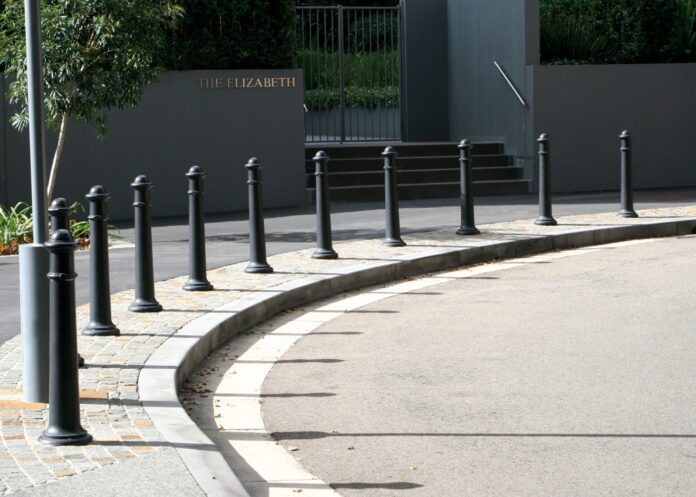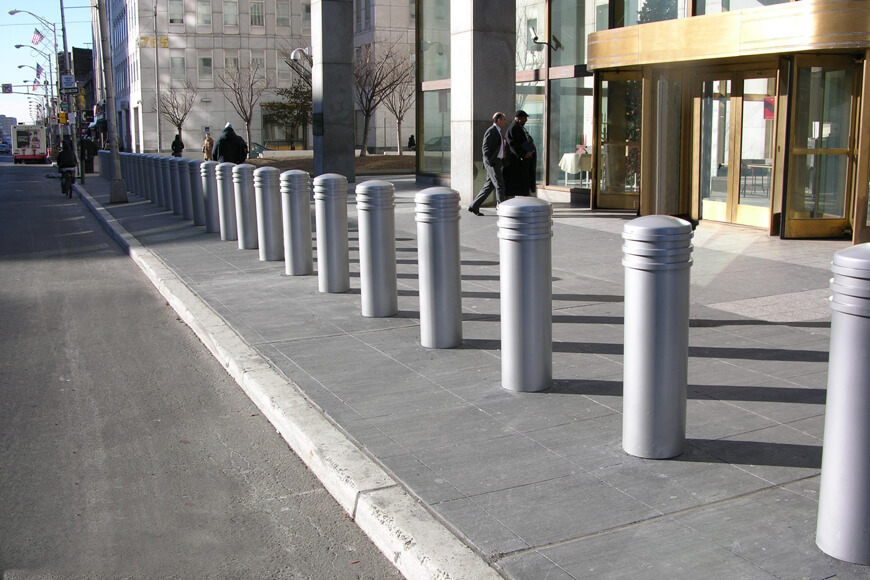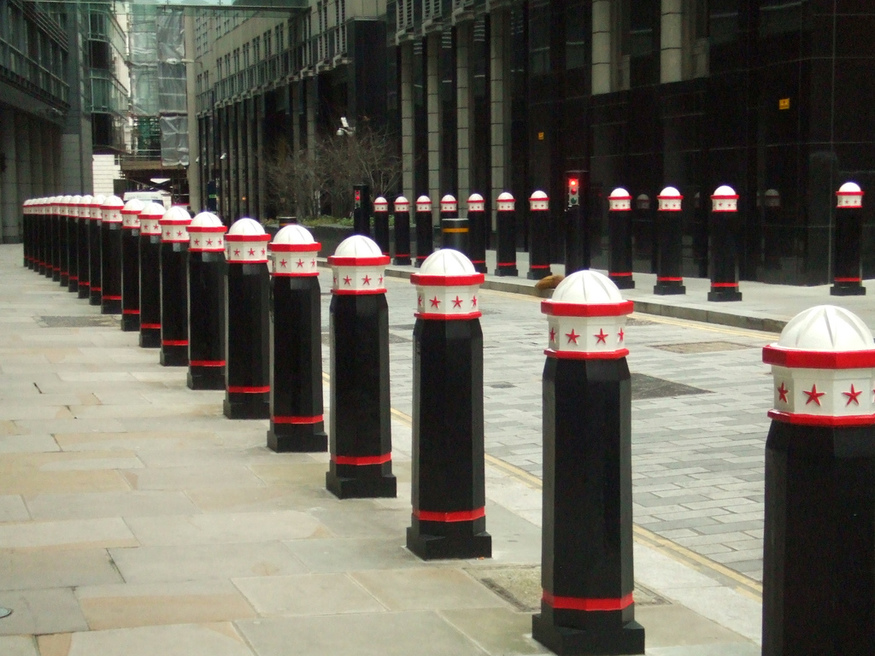
Often overlooked yet ubiquitous, bollards play an invaluable role in our cities, not only offering safety and security but also serving as discreet narrators of a locale’s culture and history. Borne out of necessity in ancient maritime practices, these sturdy posts have adapted through centuries, materializing in diverse shapes, sizes, and materials, to seamlessly integrate into the city terrain they occupy and protect. They encapsulate the paradox of being both highly visible for functionality yet frequently unobserved due to their simplicity. This article elaborates the cultural significance of this urban planning feature – the bollard.
An Overview of Bollards

Bollards are short, sturdy vertical posts that are expertly installed to provide safety and regulate traffic, however, their role extends far beyond the logistical sphere. Some bollards are pristinely architectural, creating a harmonious balance between aesthetics and utility, while others lean more towards practicality, focusing mainly on the purpose they serve. They come in a variety of forms— some permanent, some movable, some even collapsible. They can be composed of a variety of materials, including iron, stainless steel, concrete, wood, or plastic, and can be adorned or color-coded based on their intended function or the aesthetic preference of their surroundings.
The history of bollards can be traced back to the medieval era when large cannons were used as traffic guides along streets and pathways. They have since adapted and mirrored the cities they safeguard. From being more serviceable in design during the Industrial Revolution, today they can also echo a location’s design ethos or narrate snippets of history, thus providing an unexpected view into a city’s timeline and cultural muscle. Nowadays, bollards are no longer just static features of a city, directing traffic and safeguarding pedestrian-only areas. They can be moveable, allowing for easy installation, or mechanical, meaning that electrical maneuvers can be integrated into the design to allow them to appear when necessary and disappear at a moment’s notice.
Bollards and Culture
Much like silent sculptures, bollards often reflect and represent a culture that transcends their basic utility. They can serve as subtle yet sturdy canvases that imbue a city’s heritage, culture, and aesthetics, thereby offering insights into a location’s soul. Whether it’s through design, decorative detailing, or their strategic placement, bollards can narrate stories of wars fought, trade paths etched, civilizations flourished, and even local folklore. This capacity of bollards to quietly carry a cultural code is typically underappreciated, owing to their omnipresence.
When viewed closely, it is apparent that the intersection of a bollard’s design, functionality, and cultural representation forms a beautiful confluence of art and utility. Moreover, this confluence varies intriguingly across different cities. For instance, while some cities may adorn their bollards with symbols reflecting their maritime history, others might use Bollards to commemorate vital local events or figures. This aspect of bollards, hence, solidifies their standing as silent yet powerful cultural signifiers.
Bollards in London, Rome, and Paris

In London, the bollards’ unique designs often echo the city’s rich maritime tradition and history, alluding to their primitive use as cannon moorings. Many bollards in central London are made from captured French cannons from the Battle of Trafalgar, bringing an element of history to the city’s streets. Furthermore, indicative of the city’s inclusive nature, some bollards such as those in Chinatown bear dragons – a subtle nod to London’s multicultural past.
In Rome, the stone “Bollardini” play a vital part in preserving the city’s ancient allure. Many are carved, reflecting Rome’s long-standing prowess in art and sculpture, comparable to the city’s renowned marble masterpieces. Some are even decorated by contemporary artists and installed recently. This allows for something so mundane and utilitarian to be paired with exposing a local artist’s work and beautifying a city. Paris, dubbed ‘the city of lights’, uses bollards to accentuate its architectural beauty. Here, the bollards not only modulate traffic around the city’s well-known wide, tree-lined boulevards but also effortlessly blend in with its ornate ironwork, enhancing the city’s romantic appeal. In these cities and more, bollards serve as silent witnesses to their culture, representing the history of a region in steel and stone.
After inspecting the intriguing intersection between design, functionality, and cultural representation, one understands that bollards offer more than safety and traffic regulation. They help engrave the distinct identity of a city, subtly adding strands of past stories into the city’s present. They testify to the fact that even in our urban scopes, threads of culture and history persist, and that every element, no matter how seemingly insignificant, plays a part in the encompassing mosaic of a city’s environment.








